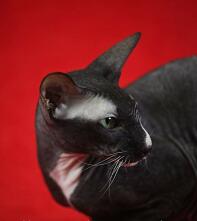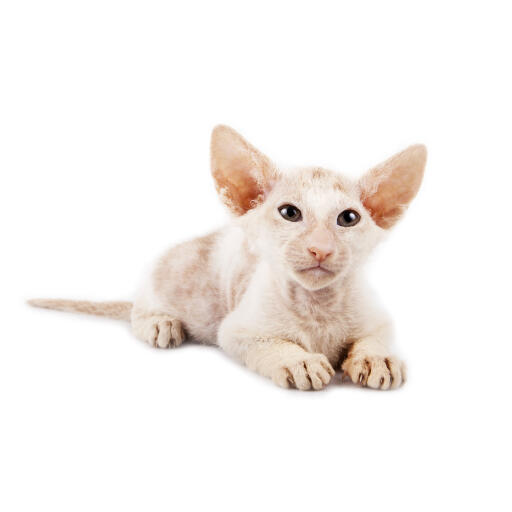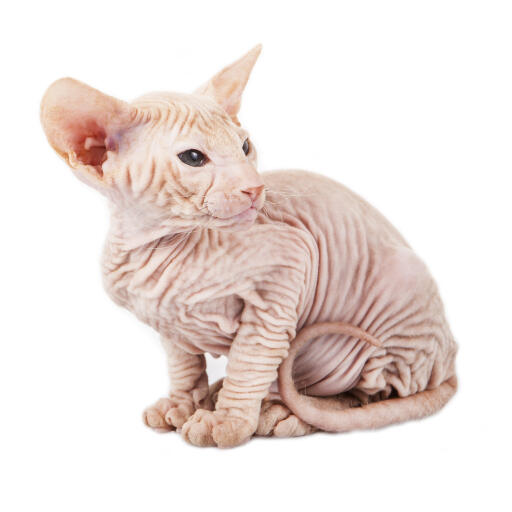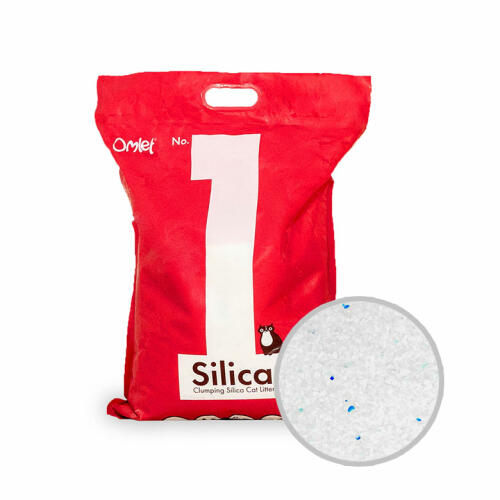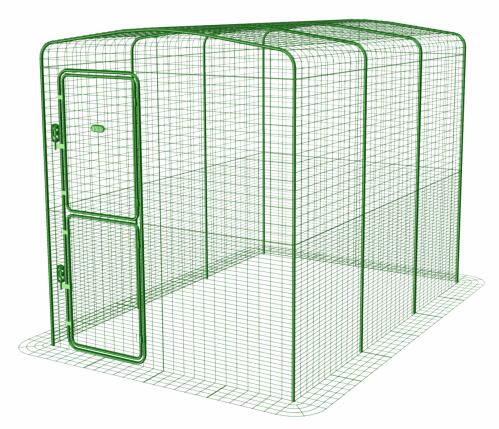Peterbald Cats



History
The first cat to be discovered with the unusual Peterbald coat was found in a city called Rostov on Don in 1988.
The new breed was celebrated and in Russia it was announced as a dominant mutation for bald cats. They called it the Don Sphynx.
These cats were sent to european breeders who began asking questions about the breeds genetics very quickly. This was because kittens were being born that were not bald but also didn’t have an ordinary cat coat.
The genetic issues on exactly which genes are coding for baldness/hair loss are still not decided. However, scientific studies are currently underway with the aim of determining this complex genetic question.
The new breed was taken to St. Petersburg, Russia. In 1993, an Oriental Short hair called Radma Von Jagerhof, was bred with a Don Sphynx called Afinguen Myth. The kittens were registered as "experimental," and one named Nocturne Iz Murino became the foundation stud of the peterbald breed. Nocturne Iz Murino is considered the patriarch of the breed and is found in every Peterbald pedigree. The International Cat Association granted the Peterbald championship status in 2005. Peterbalds remain a very rare and sought after breed.
Behaviour
Peterbalds are very intelligent and absolutely crave affection. They love finding a warm lap to curl up in or someone to play with. Peterbalds really are a companion cat and will follow you all over the house preferring not to leave your side at any time. This does mean that they hate to be left alone though.
Varieties
Peterbalds can be born bald, flocked, velour, brush, or with a straight coat. They come in all colours and patterns.
Breed Details
- Status: Rare
- Place of Origin: Russia
- Rough date of Origin: 1990s
- Hair length: Shorthair
- Activity Level: High
- Vocalness: High
- Child friendly: Good with children
- Intelligence:
- Playfullness: Playfull
- Grooming Requirements: Once a week
- Weight: 3.5 - 7.0kg
- Size: Medium
- House Cat or Outdoor Cat: Outdoor Cat
- Pet Compatibility:
- Social Needs:
Peterbald Pictures
